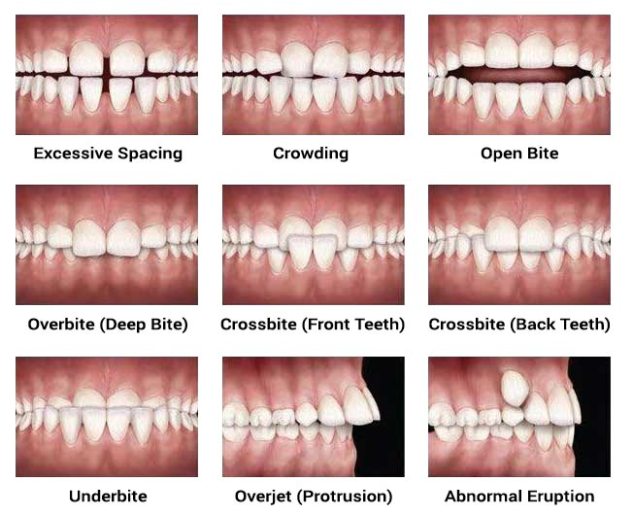Great Question! Expansion is the process of creating growth change — usually to help alleviate crowding which most often prevents the need for extractions. Expansion also can correct a dental cross bite where the back teeth fit inside of the lower back teeth.Not all cross bites, however, require a growth change. Often, the back teeth are tipped to fit inside the lower back teeth. In this case, we simply need to upright the upper molars cheek-wise to make the correction. We make the decision on whether to expand by measuring the width of the upper front teeth and the width of the jaw at the upper 1st permanent molars. The upper jaw should be 35 to 40 millimeters for us to obtain a stable result. So we actually measure to make sure there is a proper proportionality. James McNomara has been teaching this diagnostic method since the late 1980’s and…
Brace Yourself Blog
Are Dentists and Orthodontists the same?

When it comes to getting your teeth straightened, you need to know the difference between dentists and orthodontists. It’s important to know that all orthodontists are dentists, but not all dentists are orthodontists. This is because the dentistry profession, like medicine, is divided into primary care dentists and specialists. All dentists attend college, usually for four years, then attend another four years of dental school. In dental school, they are taught the basics of several procedures, and learn to clean teeth, diagnose cavities and oral diseases, and do crowns, bridges, root canals, and silver and tooth-colored fillings. They also learn to perform a number of surgical procedures, make complete and partial removable dentures, and much more. Once they graduate from dental school and pass their clinical exams, they earn their licenses to practice as dentists. At this time, these dentists are called general dentists, general practitioners, GPs, or primary care…
The future of Invisalign
Align Technology has provided orthodontists with a novel treatment that has enabled us to serve patients who otherwise would never have considered treatment with traditional braces. Initially, we only offered Invisalign® in simple cases with moderate spacing or crowding. We did not attempt to correct severe bite problems, such as overbite and open bite cases. The past few years have brought significant changes to our Invisalign® possibilities. Technological advances such as digital scanning of teeth contours and improved aligner plastic have contributed to a farm more accurate fit of the appliance. A better fitting aligner means more streamlined movements of teeth. Thus Invisalign® has become the treatment of choice for most adults and teenagers. The advantages of having Invisalign® treatment vs. braces include shorter treatment times, less discomfort, and easier cleansability. The cost of treatment is about the same, so increasingly patients are choosing Invisalign® treatment. Coming soon are overbite…
Do it Yourself Orthodontists…

Did you know that Smile Direct club was started in 2013 by four businessmen from Nashville, TN? Smile Direct club offers simple orthodontic treatment – limited to the front 6 teeth for mild crowding or spacing. The patient completes an online questionnaire and buys a $95 impression kit. They take their own impression and take 7 photographs of their teeth at different angles. The doctors who are employed by SDC submit the treatment plan to Align technology to make the aligners which are then mailed to the patient. The patient then orders retainers as well which are made by Align. Did you know that Align is the company that makes Invisalign? Here are the issues with SDC treated patients. The patient assumes responsibility for errors in impression taking. It takes a lot of training and practice to be able to take an error free impression. Impressions are less accurate than…
Soda, Braces, And Your Teeth
What’s In That Drink? You probably already know that soda is chock full of sugar, but did you know that it’s also highly acidic? For reference, stomach acid, one of the strongest acids, has a pH of 1.5, whereas water is neutral at a pH of 7. Sodas generally range in acidity from a pH of 2-4. The strong acidity from citric and phosphoric acids is actually the reason for all the sugar—without it, soda would be too sour to drink! Effects On Teeth The sugar and acid in soda launch a two-pronged attack on your oral health. Sugar is bacteria’s favorite food, so you’re giving the bacteria in your mouth a feast when you drink anything full of sugar, which allows them to reproduce faster. You’ll end up with bad breath and a higher risk of cavities as a result. As for the acid, the protective enamel coating your teeth…

